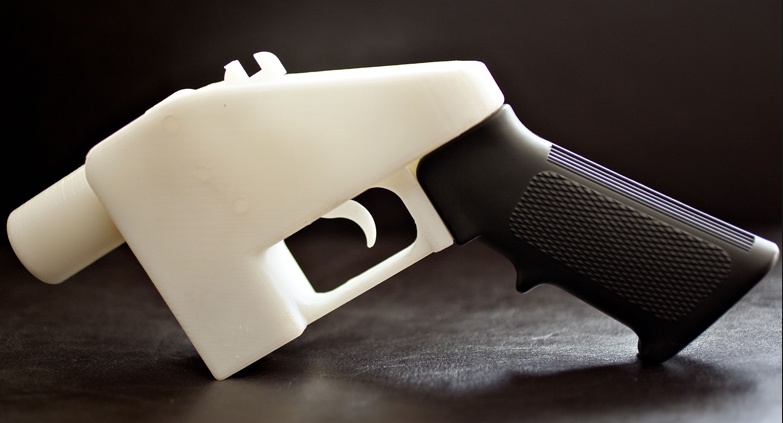By: Josh Becker (Partner) and Sarah O’Donohue (Associate)
Product manufacturers typically can be held liable for injuries caused by a defective product under several legal theories. One legal theory, referred to as strict liability, focuses on the product itself rather than the conduct of the manufacturer. If a product contains design defects, manufacturing defects, or inadequate warnings, the manufacturer may be strictly liable for any harm the product causes; this means that the degree of care the manufacturer exercised in creating the product is irrelevant. Compared to other legal theories, such as negligence, strict liability is easier for a plaintiff to prove in court because it only requires showing that the product itself was defective at the time it left the manufacturer. However, strict liability usually only applies to commercial sellers of products, not to manufacturer-consumers who occasionally sell the products they create using at-home 3D printers. As a result, a person who is injured by a product created using a 3D printer should not be able to sue the product’s creator under a theory of strict liability.
It also would be difficult for an injured person to bring a strict liability claim against the designer of a digital blueprint used to create a product on a 3D printer because the law typically defines a  “product” as (1) tangible personal property distributed commercially for use or consumption that (2) is expected to and does reach the user or consumer without substantial change. First, a digital blueprint likely would be considered purely as information used by the 3D printer to create a specific product and would therefore be considered intangible personal property. Second, a digital blueprint is substantially changed when a 3D printer creates a product according to its plan. Consequently, a judge may refuse to hold a designer of a digital blueprint strictly liable for injuries caused by the 3D printer’s end-product.
“product” as (1) tangible personal property distributed commercially for use or consumption that (2) is expected to and does reach the user or consumer without substantial change. First, a digital blueprint likely would be considered purely as information used by the 3D printer to create a specific product and would therefore be considered intangible personal property. Second, a digital blueprint is substantially changed when a 3D printer creates a product according to its plan. Consequently, a judge may refuse to hold a designer of a digital blueprint strictly liable for injuries caused by the 3D printer’s end-product.
With the creator of the product and the designer of the digital blueprint only potentially liable under the harder-to-prove negligence theory (because this theory requires consideration of the degree of care used by a defendant), when it comes to examining who in the 3D printing world most likely would be subject to strict liability it is the manufacturers of the printers who come to the forefront. A person who is harmed by a product created using a 3D printer would need to establish that at the time it left the manufacturer the printer was defective in design or manufacture or contained inadequate warnings, and that this defect was the cause of the person’s injuries. Although this potential liability could on some level be overwhelming, manufacturers of 3D printers can attempt to minimize their risk. In many regards, the potential liability for 3D printer manufacturers is not different than that of other product manufacturers. Additionally, manufacturers could incorporate software into their 3D printers that restricts the creation of firearms to address concerns about potentially dangerous uses of the technology. In addition to offering various control features, manufacturers could require their customers to agree to certain terms of purchase and/or include liability disclaimers.
Under current law, in the realm of 3D printing a strict liability claim would be most likely to succeed, if at all, against a manufacturer. Thus, as 3D printers become more accessible to consumers and injuries result from their end-products, manufacturers should be mindful of the possibility of product liability lawsuits (especially strict liability ones) and work to mitigate their exposure.
Let us know your thoughts on liability in the 3D printing world over at 3DPB.com in the Product Liability Implications in 3D Printing forum thread.
Subscribe to Our Email Newsletter
Stay up-to-date on all the latest news from the 3D printing industry and receive information and offers from third party vendors.
You May Also Like
Precision at the Microscale: UK Researchers Advance Medical Devices with BMF’s 3D Printing Tech
University of Nottingham researchers are using Boston Micro Fabrication‘s (BMF) 3D printing technology to develop medical devices that improve compatibility with human tissue. Funded by a UK grant, this project...
3D Printing Webinar and Event Roundup: April 21, 2024
It’s another busy week of webinars and events, starting with Hannover Messe in Germany and continuing with Metalcasting Congress, Chinaplas, TechBlick’s Innovation Festival, and more. Stratasys continues its advanced training...
3D Printing Webinar and Event Roundup: March 17, 2024
It’s another busy week of webinars and events, including SALMED 2024 and AM Forum in Berlin. Stratasys continues its in-person training and is offering two webinars, ASTM is holding a...
3D Printed Micro Antenna is 15% Smaller and 6X Lighter
Horizon Microtechnologies has achieved success in creating a high-frequency D-Band horn antenna through micro 3D printing. However, this achievement did not rely solely on 3D printing; it involved a combination...
































